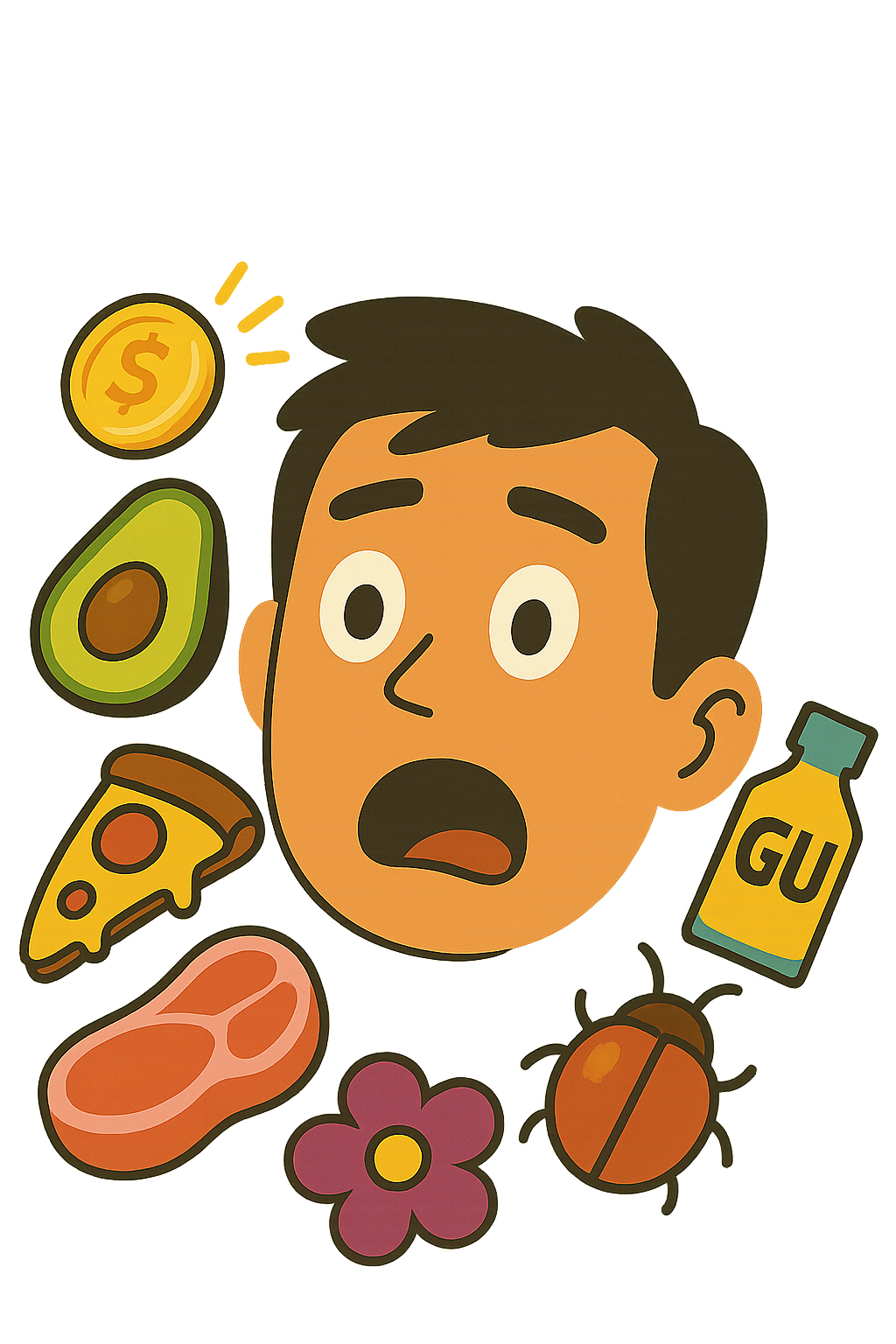Can you eat moldy leftovers?
Quick Answer
No
Eating moldy leftovers can lead to food poisoning and other health issues. Even if the mold is only visible on one part, its roots can penetrate deep into the food.

What Is It?
Moldy leftovers refer to leftover food that has been contaminated with mold, a type of fungus that can grow on various foods, especially those left at room temperature for too long.
How to Tell
Signs of moldy food include visible spots of mold, a fuzzy texture, discoloration, and a sour or off smell.
Why It Can Be Risky
Eating moldy food carries several health risks.
- Food poisoning: Mold can produce harmful toxins that cause food poisoning.
- Allergic reactions: Some people may have allergic reactions to mold, causing symptoms like sneezing, itching, and rash.
- Respiratory problems: Inhaling mold spores can cause respiratory problems, especially in people with asthma or allergies.
Safe Method?
The safest method is to discard any food that shows signs of mold. Some hard cheeses and firm fruits and vegetables can be salvaged by cutting off the moldy part plus an extra inch around it, but this is not recommended for leftovers.
Storage Tips
Store leftovers in the fridge as soon as possible.’, ‘Use airtight containers to prevent mold spores from entering.’, ‘Consume leftovers within 3-4 days.